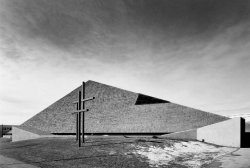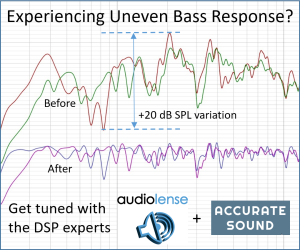Matthew J Poes
AV Addict
Thread Starter
- Joined
- Oct 18, 2017
- Posts
- 1,903
I thought it might be interesting to put out a thread on how we tune our systems. What is our reference? This is really more all-encompassing than just EQ, as acoustics, speakers, etc. play a role. However, I was inspired to ask this by a recent discussion I had with a friend, @James Larson .
I'm sure many of you have heard about the circle of confusion, the notion that we as listeners/consumers are trying to recreate the sound the engineers/artists intended in the studio, but where the studio's themselves are a) not following any standards, and b) often seeking to make their recordings sound best on our consumer equipment. The obvious problem is that we are shooting for an accurate portrayal of the "live" or "real" event, yet we have no idea what that is. Honestly, these engineers themselves may have no idea.
Yet something musical or movie related has somehow led us to a set of beliefs and passions around sound, about what we want in our system. We have a reference. It might just be someone else's system, it might be a live concert (or many), it might just be what we personally think sounds good.
For me it is very much real music mixed with what I happen to think sounds good. I'm really not that concerned with how accurate my system is to some arbitrary standard, it's my system, if it sounds good to me, meets my needs, I'm happy. However that happiness has been corrupt through hearing certain real live events which, as I said earlier today, raised the bar on good sound. I was recently reminded of a Jazz concert I went to at a small jazz bar in New York City that had three very famous Hammond B3 players. Everything was amplified, as it should be, but amplified using the natural process. The guitar was an electric jazz guitar and what I heard was his amp, not his amp miked through a larger PA system. Each Hammond was an original tube amplifier and speaker with Leslie. That is what I heard, it wasn't miked. Drums were natural, no amplification as far as I remember. The voices were miked and played back through speakers. It had a very natural sound to it, it was probably the most intimate jazz concert I've ever been to. What struck me was two things, the natural decay of the instruments in this room, it was unlike anything I'd heard before. Second, how LOUD everything was. The kick drum had some real "kick" to it, I could feel it. The Hammond bass lines shook the room, they were loud, the dynamic range was huge. It forever changed my perception of what jazz and Hammonds are supposed to sound like.
How about you?
I'm sure many of you have heard about the circle of confusion, the notion that we as listeners/consumers are trying to recreate the sound the engineers/artists intended in the studio, but where the studio's themselves are a) not following any standards, and b) often seeking to make their recordings sound best on our consumer equipment. The obvious problem is that we are shooting for an accurate portrayal of the "live" or "real" event, yet we have no idea what that is. Honestly, these engineers themselves may have no idea.
Yet something musical or movie related has somehow led us to a set of beliefs and passions around sound, about what we want in our system. We have a reference. It might just be someone else's system, it might be a live concert (or many), it might just be what we personally think sounds good.
For me it is very much real music mixed with what I happen to think sounds good. I'm really not that concerned with how accurate my system is to some arbitrary standard, it's my system, if it sounds good to me, meets my needs, I'm happy. However that happiness has been corrupt through hearing certain real live events which, as I said earlier today, raised the bar on good sound. I was recently reminded of a Jazz concert I went to at a small jazz bar in New York City that had three very famous Hammond B3 players. Everything was amplified, as it should be, but amplified using the natural process. The guitar was an electric jazz guitar and what I heard was his amp, not his amp miked through a larger PA system. Each Hammond was an original tube amplifier and speaker with Leslie. That is what I heard, it wasn't miked. Drums were natural, no amplification as far as I remember. The voices were miked and played back through speakers. It had a very natural sound to it, it was probably the most intimate jazz concert I've ever been to. What struck me was two things, the natural decay of the instruments in this room, it was unlike anything I'd heard before. Second, how LOUD everything was. The kick drum had some real "kick" to it, I could feel it. The Hammond bass lines shook the room, they were loud, the dynamic range was huge. It forever changed my perception of what jazz and Hammonds are supposed to sound like.
How about you?














